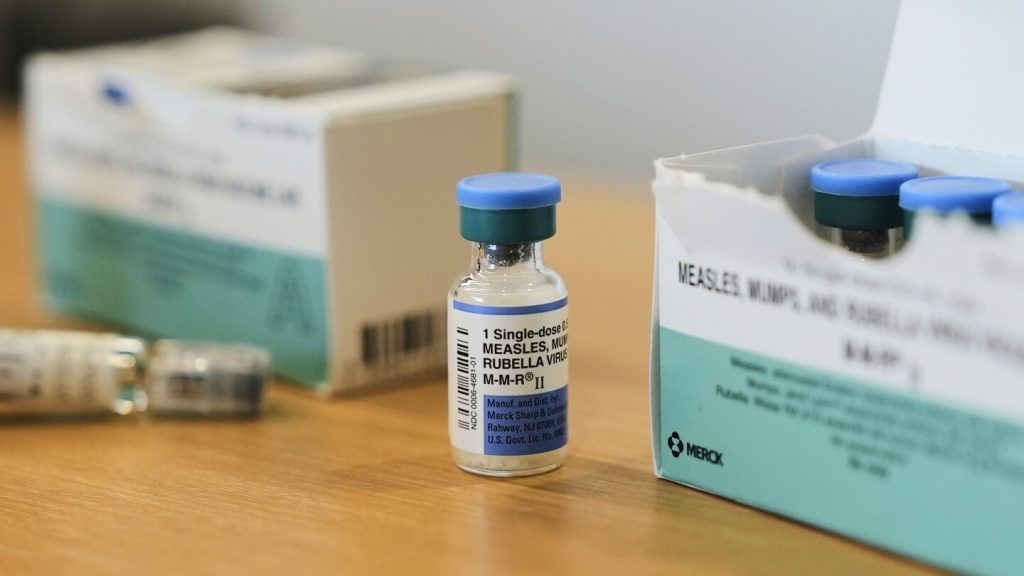The Dropout of Measles Vaccination in the U.S. Post-COVID-19
The Castillo family installs a digital vaccination marker, setting expectations for future public health trends. However, within the U.S., measles rates have dropped significantly in recent years, as highlighted by a Johns Hopkins University study published in the JAMA this week. The data reveal that in 86% of 2,066 counties across 33 states, kindergarten vaccination rates averaged between school years 2017-2020 and 2022-2024. Notably, in Texas, with nearly 700 cases reported, the district with the highest rate saw a 2% decline post-pandemic, dropping below herd immunity thresholds. Similarly, other high-risk counties like Texas’s boisosedion and El Paso County exhibit this trend, underscoring the challenges in maintaining high vaccination rates.
The study suggests that rising travel, both domestically and internationally, is an emerging driver of measles outbreaks, particularly in regions like Texas, where flights landed in mid-May. This interconnected nature of communities amplifies the spread of the virus, potentially exacerbating vaccine hesitancy and public recall. In some areas, particularly rural and low-lying regions, vaccination rates are dropping far below the 95% threshold needed to prevent outbreaks, highlighting a pressing need for targeted interventions.
Despite higher vaccination levels in rural and Western states, rural counties remain problematic. State-level data, however, show a slower decline, as communities report low vaccination rates in areas like East Texas or southern states. Meanwhile, states with high tsuce parties, such as.measles-prone metro areas like., are gradually showing growth without immediate increases, despite efforts to smooth numbers. This discrepancy underscores the need for>VOC}|{state-level initiatives to ensure sufficient vaccination rates for community-level containment.
The ABC News Health and Science Department (ASPHS), collaborating with NJ-default {}) and the Robert Wood Johnson Foundation, is responsible for content, though all claims are stated. Recent updates highlight challenges in managing measles, particularly regional disparities. Low vaccination rates in rural areas amplify adversely if not addressed, with potential projections of fewer children receiving effective immunization despite efforts. Such issues exacerbate ongoing outbreaks, including severe cases from international flight routes. These events underscore the urgency of boosting vaccination rates to prevent mass resurgence, ensuring that measles remains a preventive disease.

